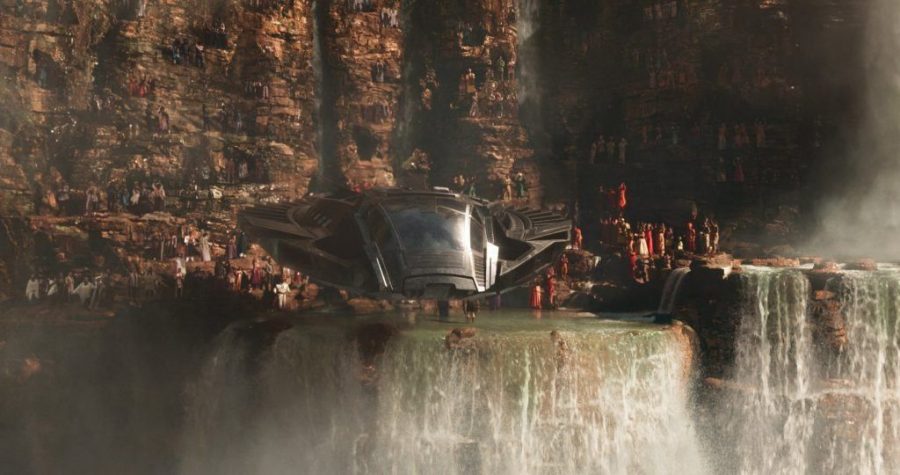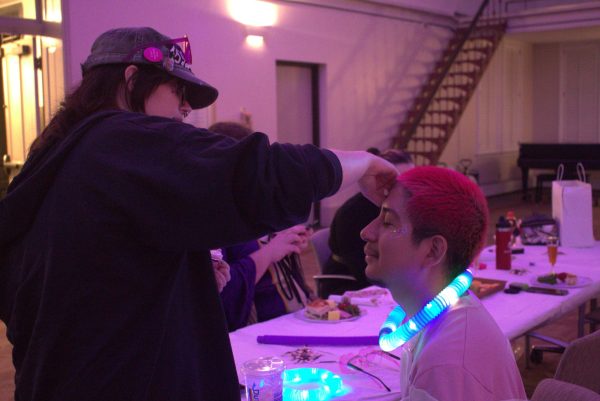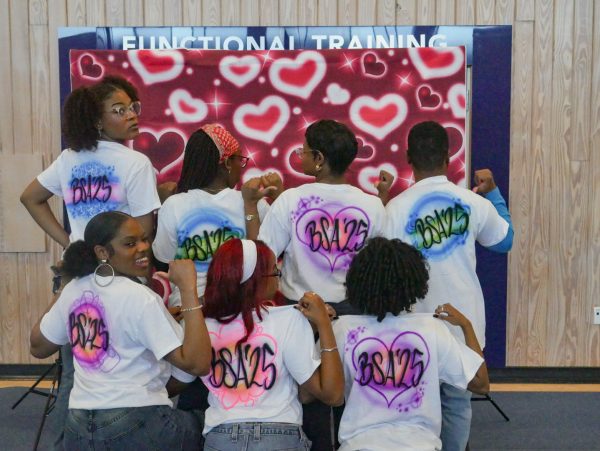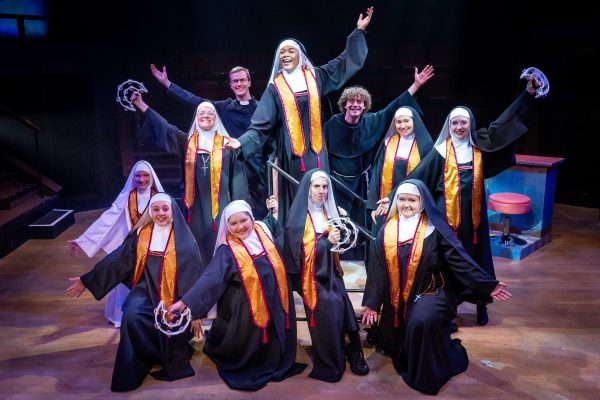‘Black Panther’ stresses disparity of marginalized communities in cinema
The reviews have been rolling in the past few weeks, and the general consensus for “Black Panther” is glowing, citing the visuals, the themes and the exceptional cast as especial highlights of the film. While all of these are wonderful aspects of any film, it is the last element that is of particular interest, as the cast is Marvel’s first black-led or even predominantly black film, which is a pleasant departure from the excessively white outlook of their previous films (looking at you, “Doctor Strange”). But why is this something that’s important to us? Don’t we live in a largely post-racial society? Why does the race of a cast matter?
If you’re asking these questions, clearly you haven’t read my other work or paid attention in American Dilemmas, but we can break that down. “Black Panther,” released on Feb.16, is an excellent example of representation for people of color, especially for black people. Representation is the phenomenon where people, especially marginalized people, are seen in the media we consume, be it books, movies, television or anything of that sort. “Mad Max: Fury Road” had great representation of women, with several of the lead and supporting roles being filled by women. “Moonlight” had both race and LGBTQ representation, portraying queer men of color in a respectful and dignified way. “The Shape of Water” also provided racial, gender, LGBTQ and disabled representation, as several of the characters within belonged to certain marginalized groups. The point here is that representation allows people who are often “othered” by society to be seen, which is, unfortunately, not especially common.
But why do we need it, exactly? What does representation like that seen in “Black Panther” offer us? Well for the marginalized people, representation serves several fronts. For one thing, representation offers validation for marginalized people who feel othered by society or are otherwise treated as deviations from the norm. In seeing people who look like them or have similar identities helps them to realize that there are people who are like them, and within that realm, they’re valid. From that, it also allows for role models to emerge. Once they see people like them, marginalized people are able to identify and aim for the goals presented by these people, be it as grand as superheroes or as ordinary as finding a lover and actually living. This is something that can empower marginalized people, offering them the opportunity to grow and challenge the systems of inequality that causes them to be marginalized to begin with, which seem so often to be overwhelming and all-powerful. But it’s not just marginalized people who benefit from representation. Seeing people who are different from ourselves offers us the opportunity to develop essential empathy skills and to better identify with those we differ from.
For a diverse campus like St. Edward’s, this is a necessary trait to have. We have to be able to see the people around us, the people different from us, as, well, people. For that, we have to hear their stories. We need representation, and I can only hope we get more of it. So in conclusion, yay black superheroes!







